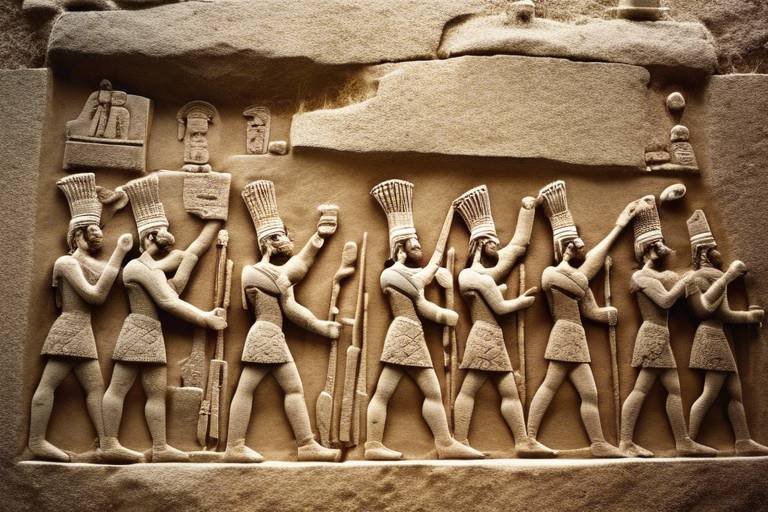The Influence of the Aztecs on Modern Agriculture
The influence of the Aztecs on modern agriculture is a fascinating journey that delves into the innovative techniques and sustainable practices of this ancient civilization. The Aztecs, known for their advanced agricultural methods, have left a lasting impact on how we farm and cultivate crops today. By exploring the agricultural legacy of the Aztecs, we can gain valuable insights into the evolution of farming practices and the importance of sustainability in agriculture.
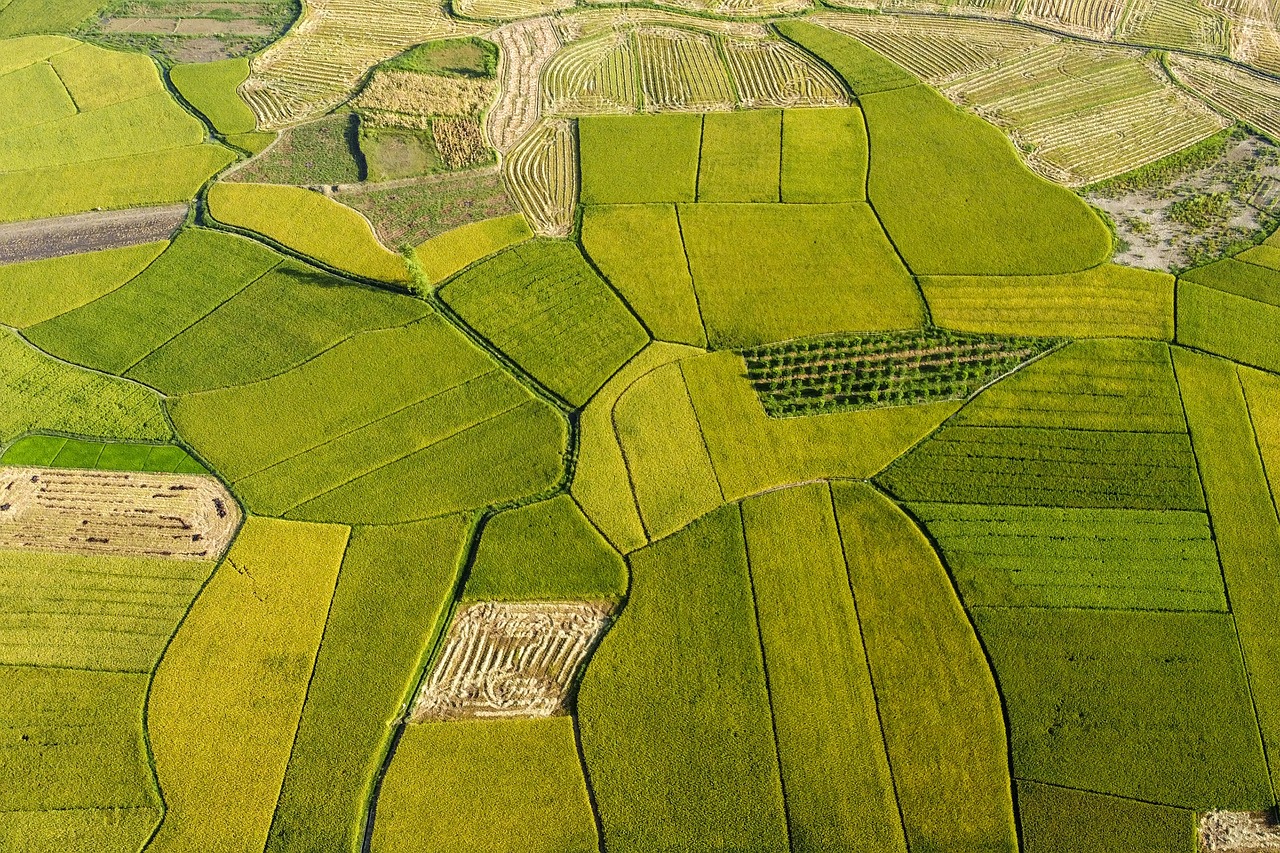
Aztec Agricultural Techniques
The Aztecs were pioneers in agricultural techniques that have significantly influenced modern farming practices. One of their most notable methods was the use of chinampas, which were artificial islands built on shallow lake beds. These floating gardens allowed the Aztecs to grow crops such as maize, beans, and squash in a sustainable and efficient manner. Additionally, the Aztecs utilized terracing to create flat surfaces on steep hillsides for cultivation, minimizing soil erosion and maximizing arable land.

Aztec Crop Diversity
The Aztecs were known for their remarkable crop diversity, cultivating a wide range of crops that significantly influenced modern agriculture. Among the various crops grown by the Aztecs, maize, beans, squash, and tomatoes played pivotal roles in their agricultural practices. Maize, in particular, held immense importance in Aztec agriculture, serving as a staple crop that not only sustained their population but also left a lasting impact on global food production.
Furthermore, the Aztecs employed innovative farming methods for cultivating beans, another essential crop in their agricultural system. Their techniques for growing beans not only ensured a sustainable source of protein but also contributed to the development of sustainable farming practices that are relevant even today.
Through the cultivation of diverse crops, the Aztecs demonstrated a deep understanding of agricultural principles and the importance of crop rotation for maintaining soil fertility. Their emphasis on crop diversity not only enriched their diet but also laid the foundation for sustainable farming practices that are increasingly valued in modern agriculture.

Maize Cultivation
Maize cultivation was a cornerstone of Aztec agriculture, playing a vital role in their society and economy. The Aztecs revered maize as a sacred crop, considering it a gift from the gods. They developed advanced techniques for cultivating maize, including intercropping with beans and squash to maximize yields and promote soil fertility. The practice of planting maize alongside beans and squash, known as the Three Sisters, exemplified their sustainable farming approach. This method not only optimized land use but also enhanced crop resilience and nutritional diversity.
Furthermore, the Aztecs implemented a sophisticated irrigation system to ensure the successful growth of maize. They built intricate canal networks and utilized chinampas, artificial islands in lakes, to cultivate maize in water-rich environments. This innovative approach to irrigation allowed for continuous maize production throughout the year, contributing to the abundance of this staple crop in Aztec society.
The Aztec calendar also played a crucial role in maize cultivation. By aligning planting and harvesting schedules with celestial events, such as solstices and equinoxes, the Aztecs maximized agricultural productivity. This harmonization of agricultural activities with natural cycles not only optimized maize yields but also reflected their deep spiritual connection to the land and the cosmos.

Bean Farming Methods
Bean farming methods employed by the Aztecs were not only innovative but also sustainable, setting a precedent for modern agricultural practices. The Aztecs utilized a technique known as "milpa," which involved intercropping beans with maize and squash. This method maximized the use of space and nutrients in the soil, creating a symbiotic relationship between the crops. By planting beans alongside maize, the Aztecs were able to enhance soil fertility through nitrogen fixation, a practice still utilized in contemporary agriculture to promote sustainable farming.
Furthermore, the Aztecs implemented crop rotation strategies that allowed the soil to regenerate nutrients naturally. By alternating the planting of beans with other crops, they prevented soil depletion and maintained the health of the agricultural land over time. This practice of crop rotation not only preserved the fertility of the soil but also minimized the need for chemical fertilizers, contributing to a more environmentally friendly approach to farming.
In addition to their cultivation techniques, the Aztecs also developed efficient irrigation methods to ensure adequate water supply for their crops, including beans. They constructed intricate canal systems that diverted water from rivers and lakes to irrigate their fields, demonstrating a sophisticated understanding of water management. These irrigation systems not only supported the growth of beans but also facilitated the cultivation of a variety of crops, showcasing the Aztecs' holistic approach to agriculture.
Moreover, the Aztecs practiced agroforestry by planting trees alongside their bean fields, creating a balanced ecosystem that promoted biodiversity and enhanced soil structure. The trees provided shade and shelter for the crops, reducing water evaporation and erosion, while their roots helped prevent soil compaction. This agroforestry system improved the overall resilience of the agricultural landscape, making it more resistant to environmental challenges such as droughts and floods.
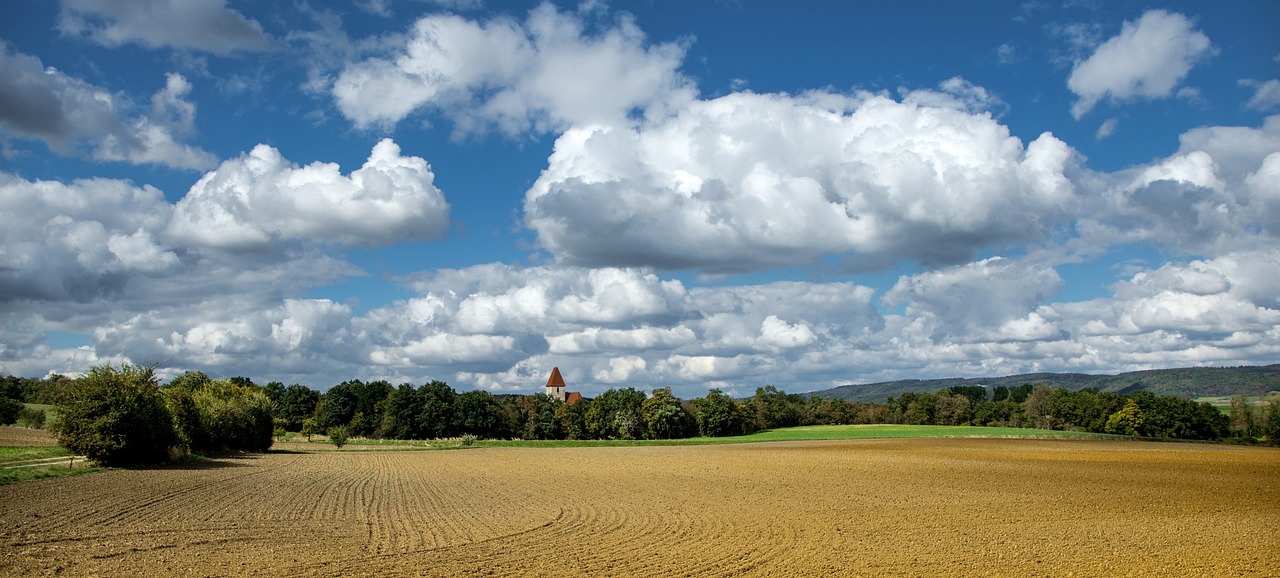
Aztec Irrigation Systems
The Aztecs were pioneers in developing sophisticated irrigation systems that played a crucial role in supporting their agricultural activities. One of the remarkable feats of Aztec engineering was the construction of aqueducts and canals to efficiently manage water flow and distribution across their farmlands. These intricate water channels allowed the Aztecs to control the irrigation of their crops, ensuring consistent water supply for optimal growth.
The aqueducts built by the Aztecs were marvels of precision and ingenuity, showcasing their advanced understanding of hydraulic engineering. These structures facilitated the transportation of water from distant sources to agricultural fields, enabling the cultivation of crops in arid regions where water scarcity was a significant challenge. By harnessing the power of gravity and strategic planning, the Aztecs maximized the efficiency of their irrigation systems, contributing to bountiful harvests and agricultural prosperity.
Moreover, the canals constructed by the Aztecs served as vital conduits for water management, allowing for the diversion of water to different areas based on seasonal needs. The intricate network of canals crisscrossing the Aztec landscape demonstrated their meticulous planning and foresight in adapting to varying agricultural requirements. These canals not only facilitated irrigation but also served as transportation routes for goods and people, enhancing the connectivity and accessibility of Aztec settlements.
The legacy of Aztec irrigation systems continues to inspire modern agricultural practices, particularly in the realm of sustainable water management. By studying the innovative techniques employed by the Aztecs to harness and distribute water efficiently, contemporary farmers and agricultural experts can draw valuable insights for enhancing crop productivity while conserving precious water resources. The principles of precision irrigation, water conservation, and adaptive water distribution systems derived from Aztec practices offer valuable lessons for addressing the challenges of water scarcity and environmental sustainability in today's agricultural landscape.
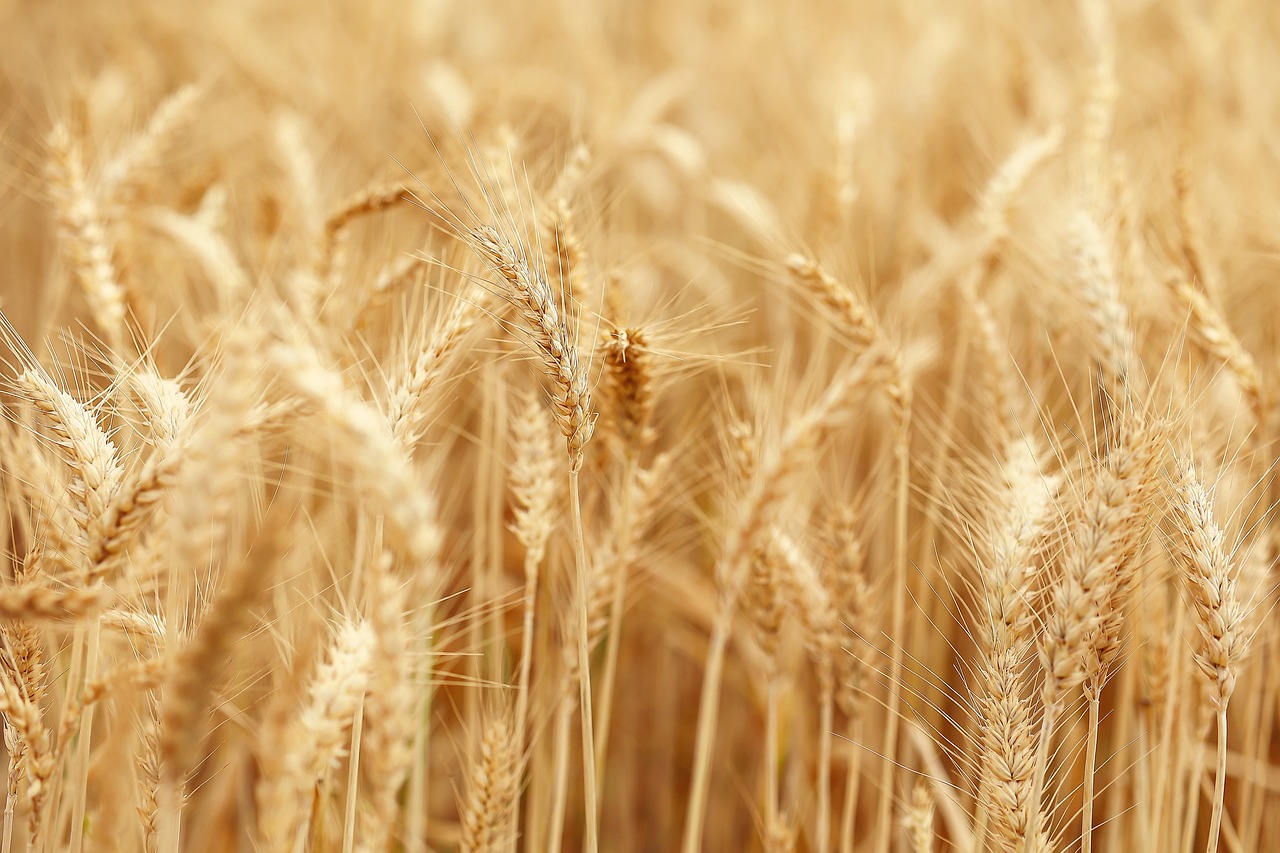
Aqueducts and Canals
Aqueducts and canals were essential components of the sophisticated irrigation systems developed by the Aztecs to support their agricultural activities. These engineering marvels showcased the ingenuity and advanced knowledge of the Aztec civilization in water management. The intricate network of aqueducts and canals allowed for the efficient distribution of water across vast agricultural lands, ensuring that crops received the necessary hydration for optimal growth.
The Aztecs constructed aqueducts using a combination of stone, clay, and wood, showcasing their mastery in engineering and resource utilization. These structures were designed to transport water from nearby sources such as rivers and lakes to agricultural fields, providing a reliable supply for irrigation. Canals, on the other hand, served as channels to distribute water evenly throughout the farmlands, maximizing agricultural productivity.
By harnessing the power of aqueducts and canals, the Aztecs were able to transform arid landscapes into flourishing agricultural regions, enabling the cultivation of a diverse range of crops. The strategic placement of these water management systems played a crucial role in sustaining the agricultural abundance that supported the growing population of the Aztec empire.

Aztec Agricultural Calendar
The Aztec agricultural calendar was a vital tool for guiding planting and harvesting seasons, aligning with celestial events and natural cycles. This calendar, known as the tonalpohualli, consisted of 260 days divided into 13-day periods, each associated with a specific agricultural activity. By synchronizing their planting and harvesting schedules with the tonalpohualli, the Aztecs maximized crop yields and ensured food security.
Moreover, the Aztec calendar incorporated religious and cultural elements, emphasizing the interconnectedness of agriculture with spiritual beliefs. Rituals and ceremonies were performed at different points in the agricultural calendar to honor deities and seek their blessings for a bountiful harvest. This holistic approach to farming not only sustained the Aztec civilization but also influenced their agricultural legacy.
Furthermore, the Aztec agricultural calendar served as a practical guide for resource management and crop rotation. By following the prescribed planting and harvesting dates, the Aztecs optimized soil fertility and minimized the risk of overexploitation. This sustainable approach to agriculture contributed to the longevity of their agricultural practices and the preservation of natural resources.
In essence, the Aztec agricultural calendar was more than just a timekeeping system; it was a reflection of the Aztec worldview and their deep connection to the land. By honoring the rhythms of nature and integrating them into their agricultural practices, the Aztecs established a harmonious relationship with the environment that continues to inspire sustainable farming methods today.
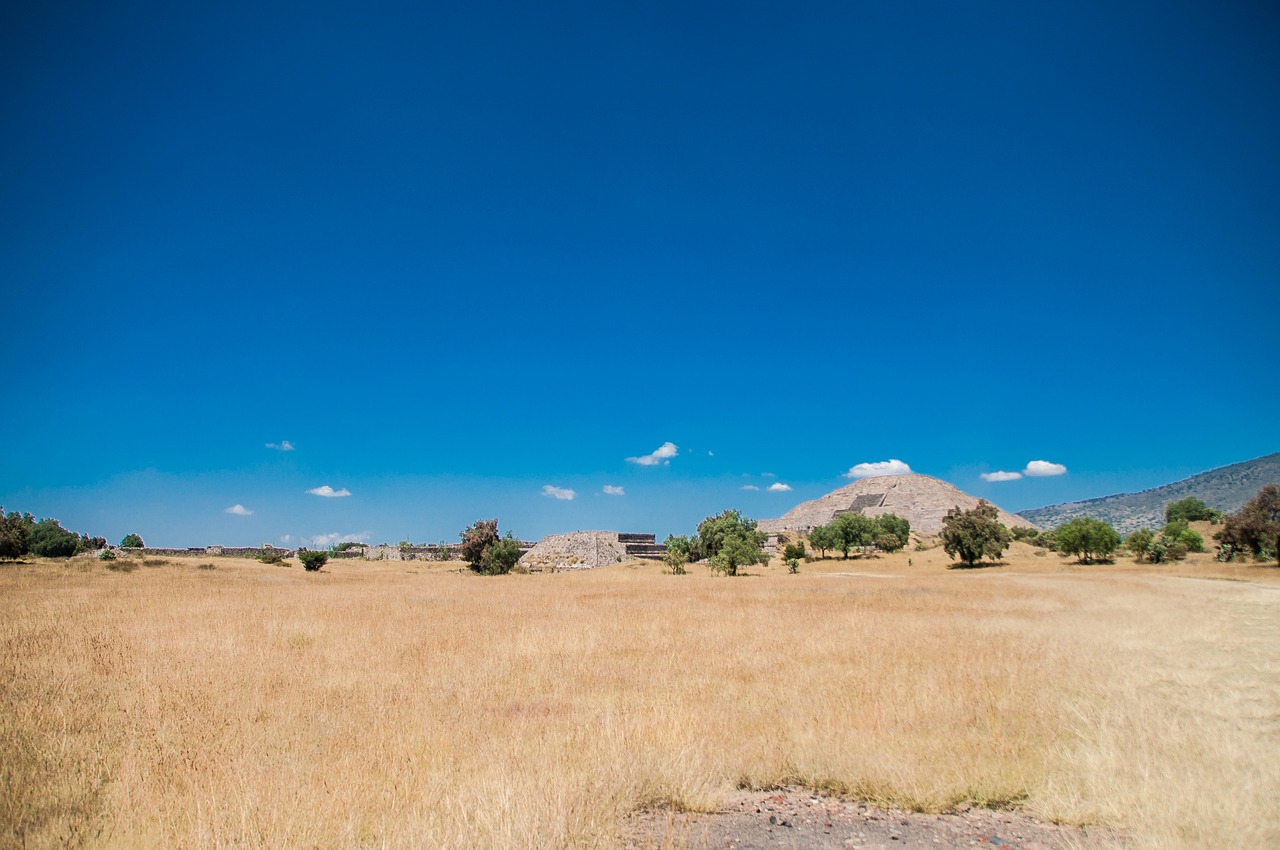
Sustainability Practices
When it comes to sustainability practices, the Aztecs were truly ahead of their time. Their agricultural techniques not only focused on high yields but also on preserving the environment for future generations. One of the key aspects of Aztec sustainability practices was their use of companion planting. By growing different crops together, they were able to naturally deter pests and improve soil fertility. This method, also known as the "Three Sisters" technique, involved planting maize, beans, and squash together, creating a symbiotic relationship that benefited all three crops.
In addition to companion planting, the Aztecs also practiced crop rotation to maintain soil health. By alternating the types of crops planted in a specific area each season, they prevented nutrient depletion and reduced the risk of crop-specific pests and diseases. This method not only increased overall crop yields but also ensured the long-term sustainability of their agricultural practices.
Furthermore, the Aztecs were masters of water conservation. In a region where water was scarce, they developed intricate irrigation systems to efficiently manage and distribute water to their crops. By utilizing aqueducts and canals, they were able to harness natural water sources and redirect them to agricultural fields, minimizing waste and maximizing crop productivity.
Another crucial aspect of Aztec sustainability practices was their respect for biodiversity. Instead of relying on a few staple crops, they cultivated a diverse range of plant species, ensuring food security and resilience against environmental fluctuations. This approach not only enriched their diets but also protected against crop failures and promoted ecosystem health.
Overall, the sustainability practices of the Aztecs serve as a valuable lesson for modern agriculture. By integrating principles of companion planting, crop rotation, water conservation, and biodiversity preservation, we can create a more resilient and environmentally friendly food system that meets the needs of present and future generations.
Frequently Asked Questions
- What were the main crops cultivated by the Aztecs?
The Aztecs cultivated a wide variety of crops, including maize, beans, squash, and tomatoes. These crops played a crucial role in their diet and agricultural practices.
- How did Aztec agricultural techniques influence modern farming?
Aztec agricultural practices, such as chinampas and terracing, have influenced modern farming techniques by promoting efficient crop cultivation and sustainable farming methods.
- What is the significance of maize in Aztec agriculture?
Maize held great importance in Aztec agriculture as a staple crop. Its cultivation techniques and widespread use have had a lasting impact on global food production.
- How did the Aztecs manage irrigation for their crops?
The Aztecs developed sophisticated irrigation systems, including aqueducts and canals, to support their agricultural activities. These systems are still relevant in modern irrigation practices.
- What role did the Aztec agricultural calendar play in farming?
The Aztec agricultural calendar guided planting and harvesting seasons, ensuring optimal crop yields. Its influence can still be seen in modern agricultural planning strategies.
- How do Aztec sustainability practices relate to current environmental challenges?
Aztec sustainability practices, rooted in efficient crop cultivation and resource management, offer valuable insights for addressing contemporary environmental issues and promoting sustainable agriculture.

















